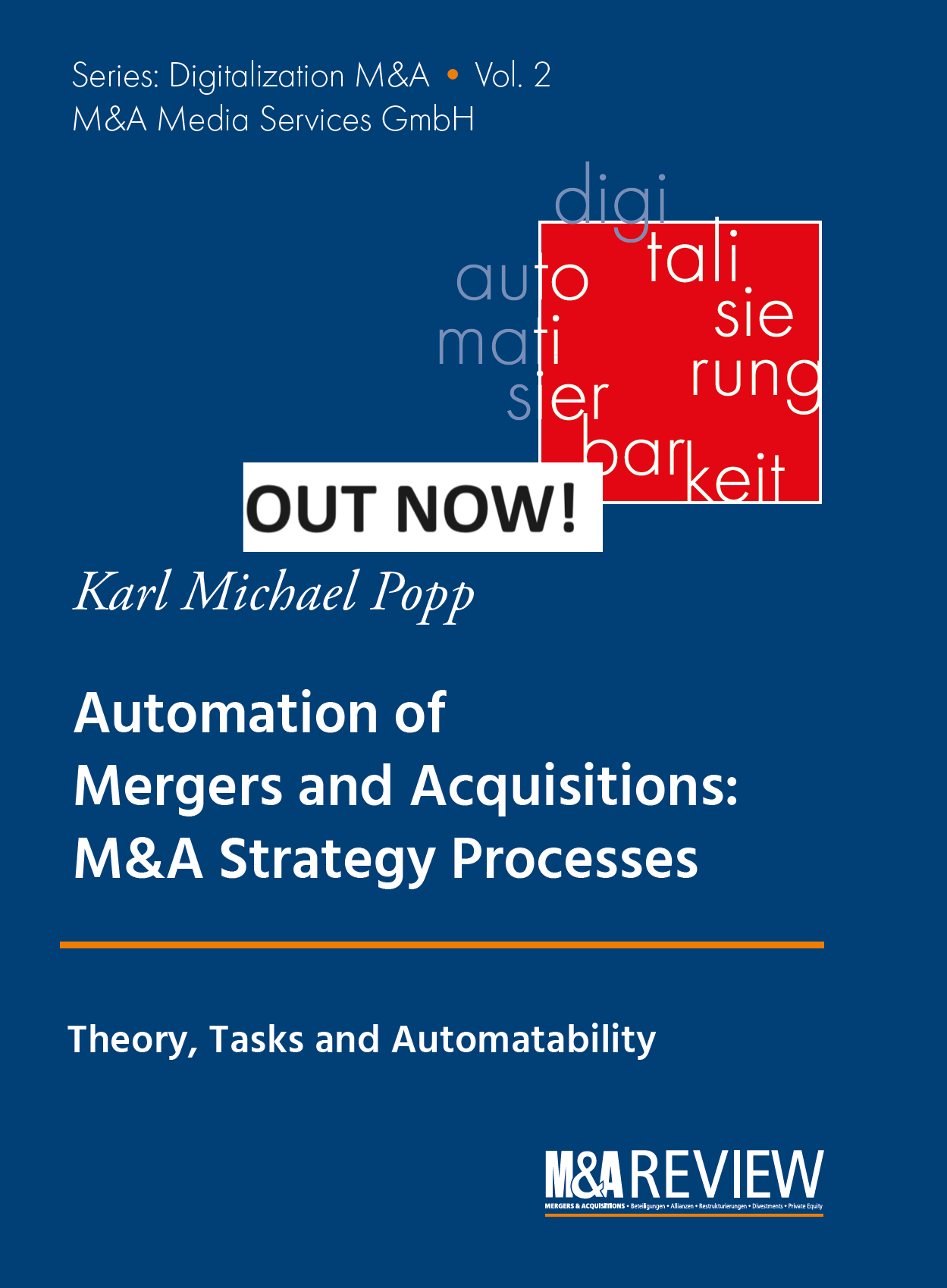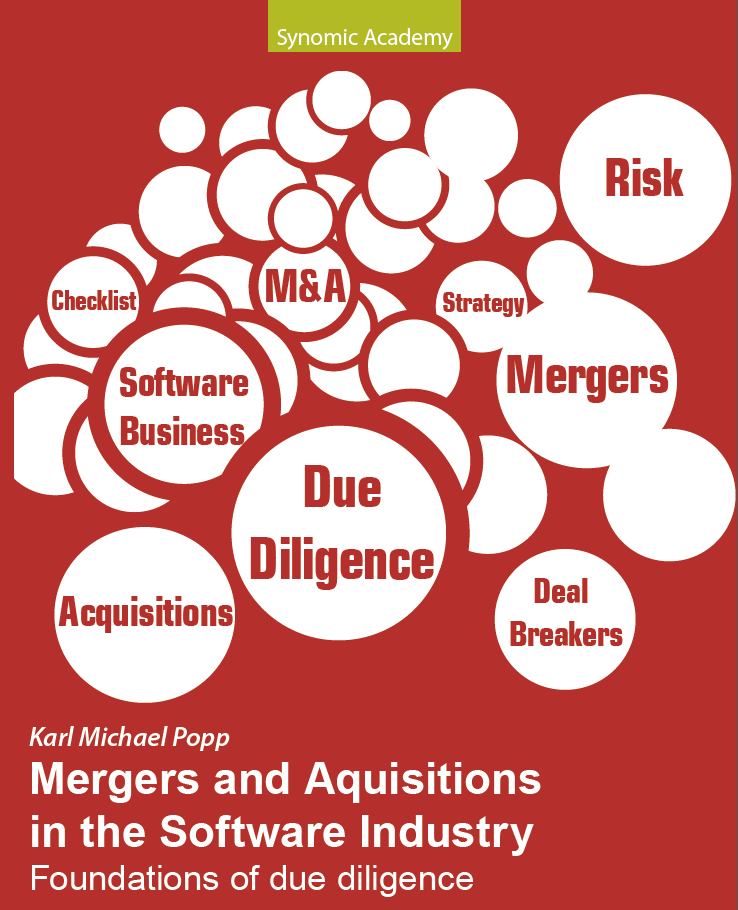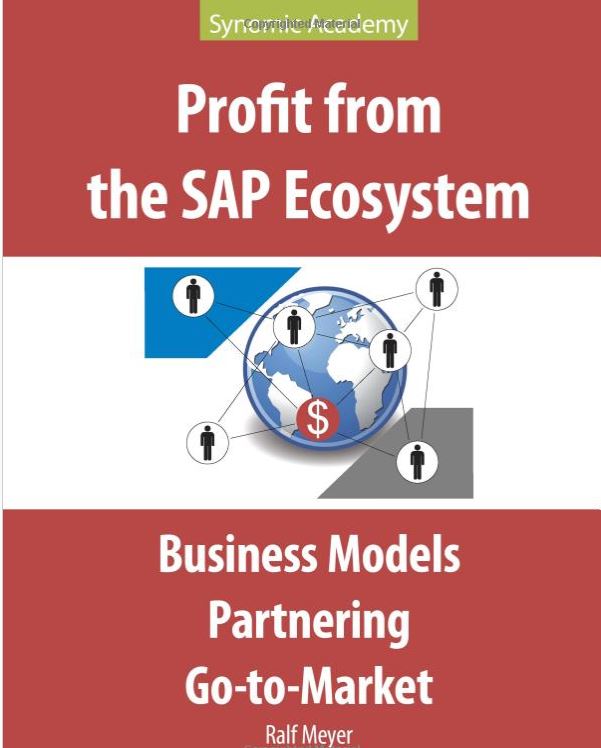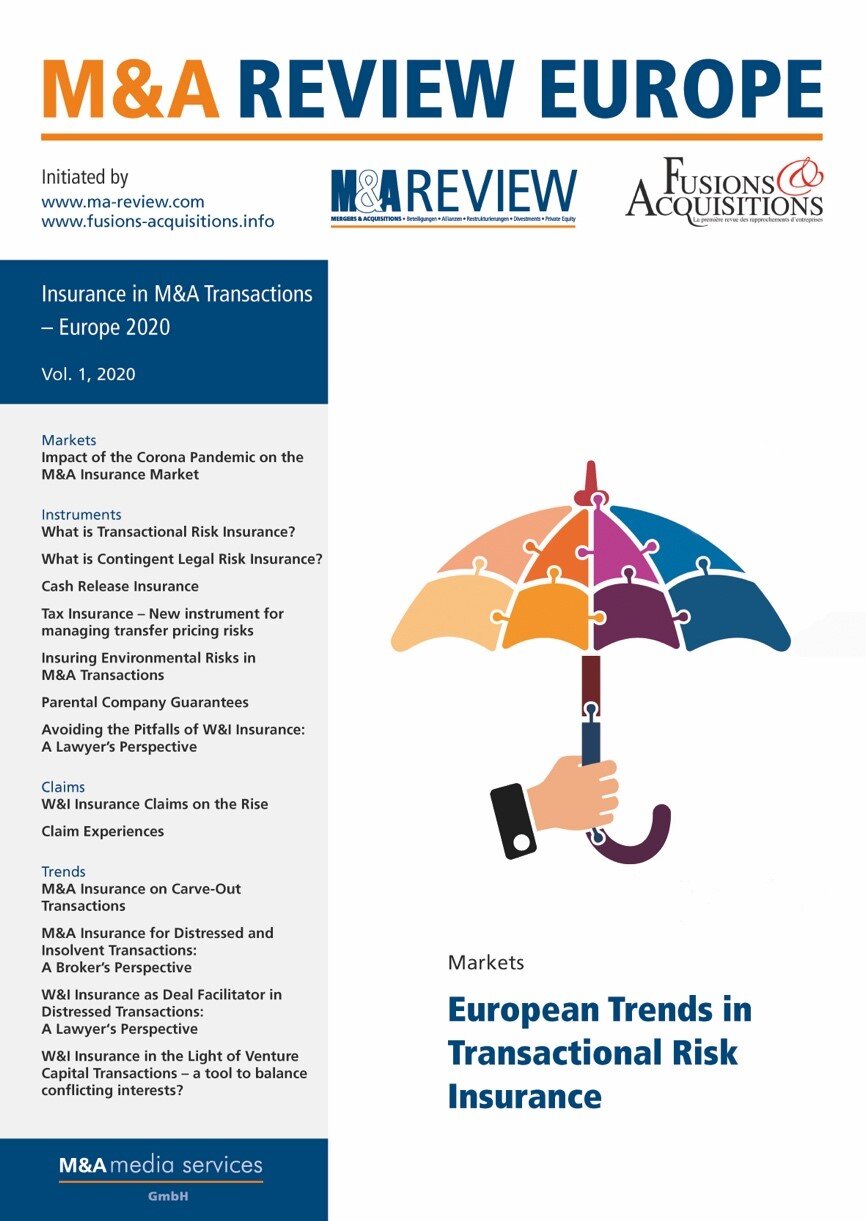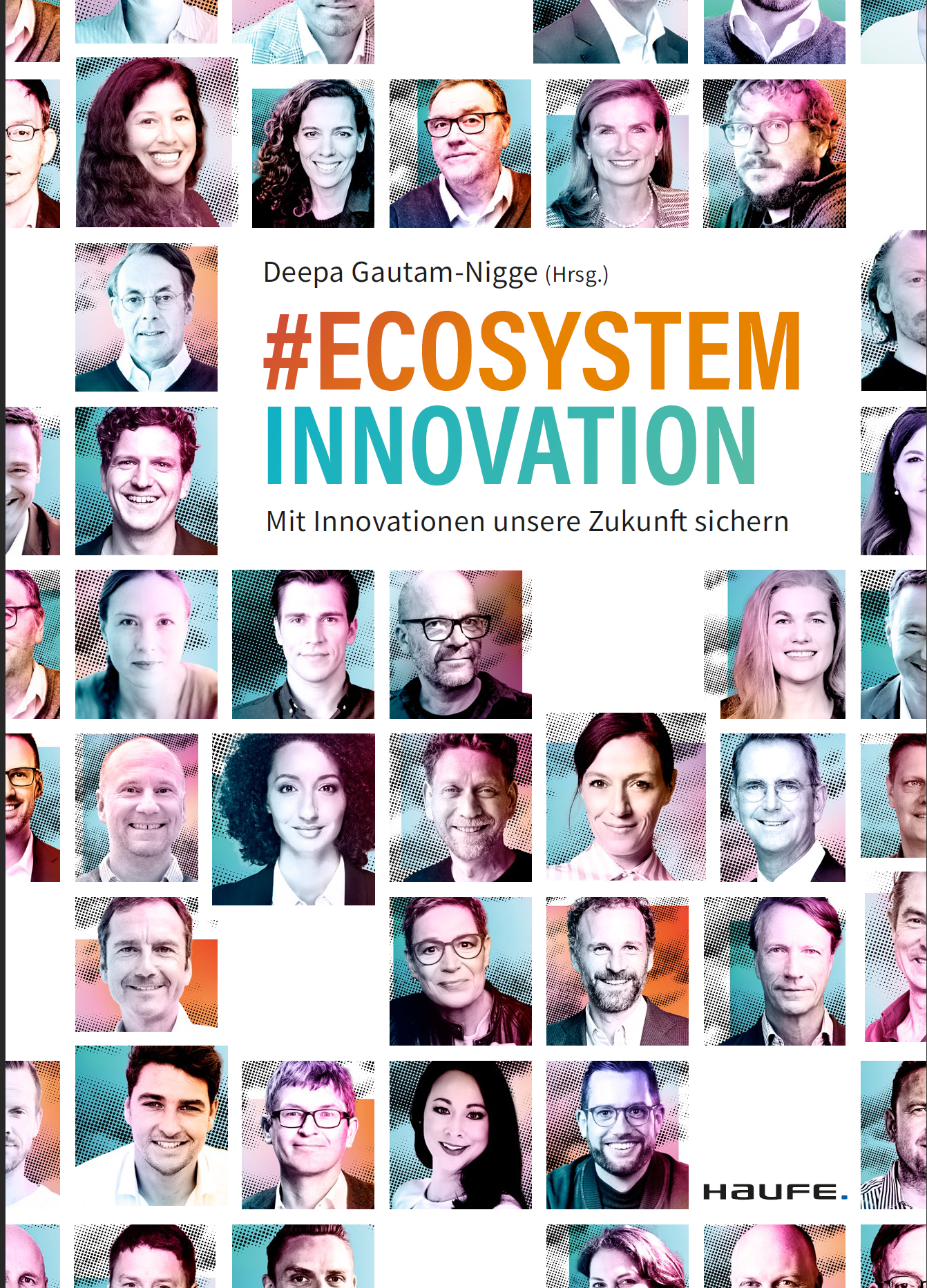The Challenges of Carve-Outs
The Challenges of Carve-Outs
Companies can choose to realign their business model and spin off divisions or subsidiaries with specific business and operational strategies, which is just as important as M & A. Or they decide to spin-off or sell individual business units. A stand-alone company or a spin-off is characterized by the fact that a divested business requires the continued support of its parent company in order to continue operations. [Sources: 6, 7, 8]
In the traditional sense of the word a spin-off is a partial sale of a business unit a company carries out by selling part of its business to an external party. The term "carve-out" defines the operational and organizational activities required to complete the transfer of assets in a transaction of divestiture. [Sources: 9, 11]
Both the seller and the buyer share a significant responsibility for the carve-out process, and the onus is on the buyer to address a variety of unique and complex issues in order to maintain and maximize the goodwill of the carve-out transaction. [Sources: 9, 11].
Ties and entanglements
The parent company may retain common functions such as staff, processes, and systems, third party contracts for customers, vendors, and partners as well as assets such as facilities and intellectual property as long as they are used by the company. The classic conundrum is what the acquirers call a spin-off, in which the business to be divested remains entangled in the parent company's corporate infrastructure. The spun-off assets of the company will remain tied to the parent company through joint customers, suppliers, production processes, corporate functions, and technological infrastructure. [Sources: 4, 8]
Transfer Services Agreements
TSAs are unique to carveouts and are often attributed to the complexity and cost of transactions. The TSA parent company agrees to provide services to the purchaser in order to ensure the continuity of operations of the divested entity. Expenses associated with the operation that cannot be eliminated after the spin-off may be related to personnel remaining on the parent company's payroll and providing TSA services to the purchaser. Within a clearly defined transaction scope, the vendor decides which parties retain common functions in the parent company being sold including personnel, processes, systems, contracts with third parties, customers, vendors, partners, and assets such as facilities, intellectual property, etc. [Sources: 0, 4]
Information Technology
Acquiring a spun-off business unit or asset is a fantastic opportunity to create value, but there are unique risks associated with the business. Separating a company from its parent company can lead to a delicate transaction. In order to achieve desired operational efficiency and function, most companies work on the basis of integrated processes, applications, and data that support most of a company's business activities. When a particular business unit, division, product line or asset is sold by the parent company, these systems and data must be separated or spun off from the operating environment of the parent organization. The biggest challenge for a good business decision is to split or spin off a particular business unit so that it does not become a chaotic mix of information, application systems and IT infrastructure. [Sources: 1, 8, 9,11]
To mitigate this risk, the acquirer must ensure that the parent company provides sufficient IT services to close operational gaps in the acquirer's transition and to spin-off business units with its own infrastructure. [Sources: 8]
Regarding application systems, a divestment transaction is an opportunity to transform the ERP platform of the parent company of the divested business unit and modernize it as part of the execution of the post transaction. In the case of a financial carve-out, the typical period between signing and closing is one to three months during which a transitional services agreement is negotiated to provide IT and operational support to the buyer of the carved-out business and parent company. [Sources: 3, 5]
Cost
The cost structure of the parent companies, including the expenditure associated with the operation of the divested business, cannot be eliminated by a spin-off. Since divestment plays an important role in helping a company raise money to meet its expectations to investors, a company can ill afford high separation costs to hamper the achievement of its value-added goals. [Sources: 0]
It helps to get a true picture of the costs and synergies that are lost through the extraction of the company as an independent company. The advantage for strategic buyers is that the acquisition of commercial management functions brings a higher value to the seller. By shifting the risk to a third-party insurance company, buyers and sellers can focus on the business and leave post-transaction taxation to tax experts. [Sources: 0, 1, 4]
Sources
[0]: https://www.bcg.com/publications/2021/beware-of-separation-costs-compromise-value-creation
[1]: https://www.jdsupra.com/legalnews/private-equity-carve-outs-ride-post-2947351/
[2]: https://www.macouncil.org/training-series/art-ma-divestitures-carve-outs
[3]: https://www.westmonroe.com/offerings/carveouts-divestitures
[4]: https://www.financierworldwide.com/roundtable-spin-offs-carve-outs
[5]: https://deloitte.wsj.com/articles/in-divestiture-plan-erp-separation-carefully-01624993329
[6]: https://www.snpgroup.com/en-us/carve-out
[7]: https://pmiadvisors.com/carve-outs/
[8]: https://www.mckinsey.com/business-functions/strategy-and-corporate-finance/our-insights/solving-the-carve-out-conundrum
[9]: https://blogs.sap.com/2021/04/19/how-to-perform-a-successful-carve-out-in-sap-ecc-and-sap-s-4hana/
[10]: https://www.ey.com/en_us/divestitures
[11]: https://www.mapartners.net/insights/carve-out-process-six-steps-ensuring-success


